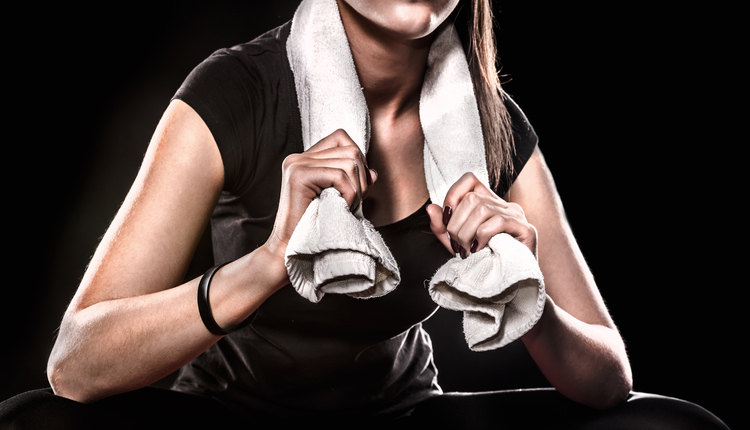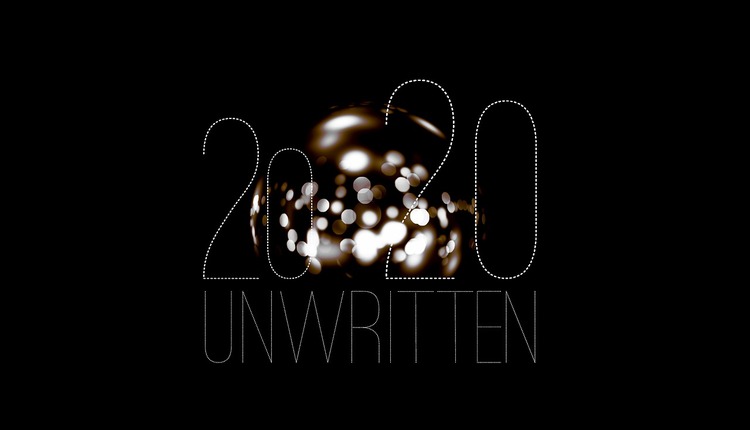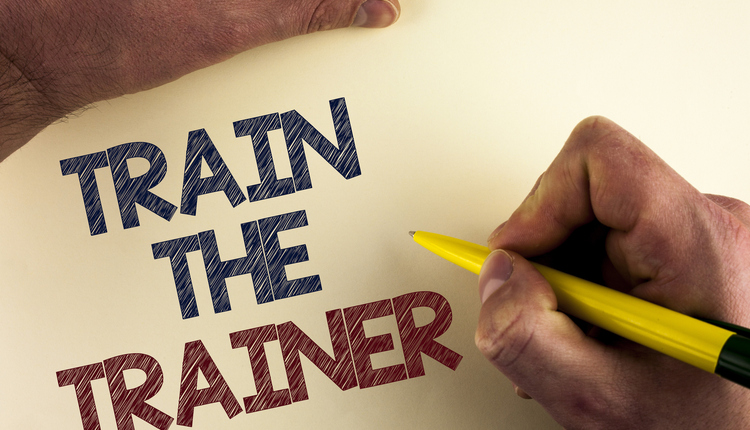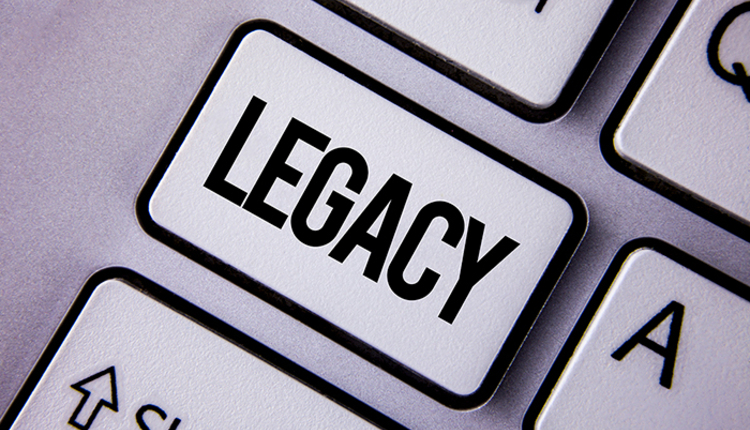
Why should your client want to know about High Intensity Interval Training (HIIT) and Metabolic Resistance Training (MRT)? First let's start with a few questions that lead into this. I find the same couple questions seem to pop up over and over when clients and friends ask me for advice. What's the best way to burn fat fast? Can I build up my muscles while trying to lose weight? What are the best exercises to get in shape and stay in shape?
What does a traditional endurance training workout look like?
This question can be a challenge to answer since endurance training can come in many shapes and forms. Could endurance training be running three miles at a steady pace? Being on the exercise bike for 50 straight minutes at the same middle level? Both of these can be examples of part of an endurance training workout. While the workouts can vary quite a bit, what they all have in common is the idea of not pushing too hard.
Longer work for fewer results
When we talk about interval training, you're going to be looking at a rotational-type workout. For example a twenty-minute HIIT workout in the gym might be staying on the exercise bike and hitting a program that has you working at level ten for 40 seconds then at level one for 20 seconds before kicking up to level ten again. That may go on for as little as five minutes depending on where you are in your fitness regimen.
These are cardio examples, it's important to understand that Metabolic Resistance Training (MRT) is the weight lifting aspect of this practice. A challenging weight is used for a large number of reps in a short time, while keeping proper form. Minimal rest is done between sets and while it can be challenging, you want to hit all the major muscle groups as you work out. I firmly believe that by alternating MRT workouts with HIIT workouts you'll see the maximum amount of results in a shorter amount of time.
This is a far cry from the endurance based workouts which go on for much longer periods of time at a much easier pace, but don't have the same benefits of high fat burning or Excess Post-exercise Oxygen Consumption (EPOC), also known as the afterburn.
Digging deeper into the benefits
One of the coolest things about this type of training is there are "side benefits." For example, the more effective metabolism for burning fat and providing energy also helps with processing sugar and insulin. Let's dive a little bit more into the benefits of HIIT/MRT and demonstrate the full range of benefits this type of training offers.
The aerobic benefits
One of the major concerns I hear about sometimes are from people who want the obvious aerobic benefits that do come with endurance training. They're worried that spending too little time on cardio and too much on resistance and weight training can mean not getting the same aerobic health benefits. The good news is that these fears are unfounded, and you don't have to just take my word on it.
Studies have shown that major aerobic benefits do take place under a HIIT/MRT program. In fact, virtually every major study from the colleges has shown these benefits. The earlier mentioned study from McMaster University estimated that only 2.5 hours of HIIT training has the same impact on muscles on the bio-chemical level as a full 10.5 hours of endurance training.
In fairness, some of the earliest studies showed about 20% of people participating only increased their aerobic level about 5% while most people saw moderate gains and there was about another 20% who showed major positive changes when it came to aerobic fitness.
The metabolic benefits
One of the major benefits of the high intensive route is increased metabolism. During the workout itself many studies suggest that the high intensity intervals are the best way to burn fat efficiently and effectively. If that wasn't enough, the intensity of the workout leads to a stronger afterburn that keeps burning calories and fat after the workout. Many of these studies also show that your resting metabolism will be higher for hours afterwards. This can lead to several hundred extra calories being burned well after the workout has ended.
A side effect of this increased efficiency in metabolism is that many people tackling this type of a workout regimen also handle insulin sensitivity much better. With the improved insulin resistance there have even been cases where pre-diabetic participants or borderline diabetics have shown drastic improvement in blood sugar levels.
Other health benefits
While the studies haven't gone as far in finding out how much of an effect this exercise program can have on cardiovascular health and keeping a healthy ticker, there's no question that HIIT and MRT have shown positive effects for general heart health. The intense nature of HIIT also brings all the positive benefits for improving blood flow and helping to relieve stress and hypertension, as well as the ailments caused by these two issues.
How to effectively start a client on a HIIT/MRT program
HIIT doesn't refer to just one specific workout. This describes the way an actual training plan is executed. If your client loves running, you can set up a HIIT workout alternating light jogging with all out sprinting. If they like the exercise bike or even prefer the spinning machine, you can set up the same type of thing.
While there isn't necessarily a "correct" ratio, a general rule of thumb a lot of us use with HIIT or MRT training is 2:1. Some people prefer going 1:2 or even 1:1. All of these can work. The 2:1 ratio is popular, where for each minute 40 seconds is spent at full speed, and 20 seconds at rest or low speed. If you try that just starting out and find it's a little too intense, the even 1:1 ratio or even 1:2 can work and since you're still doing high intensity interval training. Find the ratio that works for you starting out and work towards that 2:1 ratio.
Brevity is one of the major advantages to MRT training, but too much intense working out non-stop can actually be harmful. In other words, you shouldn't be doing a HIIT and MRT workout together every single day. You'll just end up hurting yourself and breaking down your muscles.
During the MRT days you want to make sure to have a circuit training or series of weight lifting exercises that target every major muscle group. You don't want to overwork only one or two sets of muscles but none of the others that balance it out. If you exercise your chest, there should be a lift aiming at the back muscles. Biceps and triceps go together, and if you can hit all the major muscle groups on the MRT days you'll be much happier with the results.
If you're familiar with circuit training in the weight room, then you're already familiar with the most popular form of MRT. Going all out to do as many of each exercise as you can while going from station to station is the perfect set-up of high intensity to rest.
Are there any downsides to HIIT or MRT?
There are a few potential downsides to this type of training, but even these are pretty small compared to the obvious problems that come from a crash diet or fly by night exercise fad.
The first issue to immediately address: this isn't easy. The reason you can get 10.5 hours of benefit in 2 to 2.5 is because you work HARD. No one said these exercises would be easy. It's the intensity that makes them so effective in such a short time. This can be difficult, especially if you've been on the couch for the past few years.
While that intensity is a potential downside, this also means you can work out for much shorter periods of time. What are you most likely to stick with: a 20 minute a day workout, or a 1-1.5 hour a day workout? The endurance training might be easier, but the fat burning effects and body shaping benefits are not nearly as good despite putting in a lot more time.
The intensity is the biggest downside most people find when doing this training, but if you give it the six weeks it takes for a new practice to become habit then you won't go back. If habit wasn't good enough, just the results you will see from six weeks will make you a solid fan.
Encourage your clients that it doesn't take two hours a day non-stop around the track to get the changes they want. Lose the fat, build the muscle, gain good health and all the emotional benefits that come with that! HIIT and MRT are great tools for you to get the body and life you're looking for.


















